Dressing for a business casual environment can be tricky—it’s about striking the right balance between professionalism and personal style. While business casual attire offers more freedom than traditional business wear, there are still guidelines to follow to ensure you look polished and appropriate. Knowing what to avoid can help you navigate these guidelines more effectively and prevent any fashion missteps. In this article, we’ll go over the key things women should avoid when dressing for a business casual office.
1. Avoid Overly Casual Clothing
While business casual allows for more relaxed attire, it doesn’t mean you can wear anything you would wear on the weekend or to the gym. Items such as t-shirts, sweatshirts, leggings, tank tops, and ripped jeans should be avoided in favor of more structured and professional-looking pieces.
Why to Avoid It: Clothes that are too casual can make you look unprofessional, undermining the overall purpose of a business casual dress code. Your attire should still convey that you’re at work and taking your role seriously.
Alternative: Opt for tailored pants or skirts, button-down shirts, blouses, or even dresses with a professional cut. If you want to wear a t-shirt, go for a neat, fitted one paired with a blazer or structured jacket.
2. Avoid Clothing That’s Too Tight or Revealing
Clothing that is too tight or revealing can be distracting and uncomfortable. In a business casual setting, your clothing should provide a professional, polished look. Tops with deep V-necks, short skirts, or dresses that are too form-fitting can give off the wrong impression.
Why to Avoid It: Wearing clothing that is too tight or shows too much skin can be distracting and may make colleagues or clients uncomfortable. It can also be seen as unprofessional and not in line with the standards of business casual attire.
Alternative: Choose clothing that fits well but is not overly tight. A modest neckline, skirts that are knee-length or just above, and dresses that don’t cling to the body will always keep you looking stylish and professional.
3. Avoid Overly Flashy or Loud Accessories
Accessories can elevate your outfit, but too many flashy or bold pieces can detract from your overall appearance. Think oversized jewelry, too many statement pieces, or brightly colored accessories that don’t match your outfit.
Why to Avoid It: Overly flashy accessories can appear unprofessional in a business setting and may divert attention from your skills and expertise. Subtlety is key when dressing business casual.
Alternative: Opt for minimalist jewelry such as stud earrings, delicate necklaces, and simple bracelets. A sleek watch or a well-structured handbag can also add an elegant touch without overwhelming your look.
4. Avoid Denim That’s Too Casual
While denim can be part of a business casual wardrobe, it’s important to choose the right style. Avoid distressed jeans, frayed hems, or overly light washes. These give a more laid-back impression and can feel too informal for a business environment.
Why to Avoid It: Distressed or overly casual denim can make your outfit look sloppy, which undermines the professional image you want to project. Even if jeans are allowed, aim for clean, structured options.
Alternative: Choose dark, tailored denim that fits well. A pair of high-waisted, straight-leg or wide-leg jeans can look polished when paired with a blouse or blazer.
5. Avoid Excessive Prints and Patterns
While prints and patterns can be fun, it’s important to keep them in check when dressing business casual. Large, loud prints, such as animal prints or oversized patterns, can be distracting and may not always appear professional.
Why to Avoid It: Bright and bold patterns can sometimes make you appear unapproachable or as if you’re not taking the business environment seriously. Business casual attire should balance your personal style with a professional look.
Alternative: Stick to more subtle prints like pinstripes, small checks, or simple polka dots. If you want to experiment with bold patterns, try one printed piece paired with neutral solids to avoid overwhelming your outfit.
6. Avoid Unkempt or Untidy Clothing
Clothing that is wrinkled, stained, or torn can give the impression that you don’t care about your appearance or that you’re not taking the workplace seriously. Wrinkled clothes, in particular, can make you look unorganized or rushed.
Why to Avoid It: Unkempt clothing reflects poorly on your professionalism. Even in a business casual environment, looking neat and tidy is a must.
Alternative: Always iron or steam your clothes before wearing them. Make sure your shoes are polished, your clothes are in good condition, and everything fits well. A crisp, neat appearance shows attention to detail and respect for your colleagues and workplace.
7. Avoid Too Much Skin Exposure
While business casual attire is typically more relaxed than formal office wear, it’s important to maintain modesty. Avoid overly short skirts, low-cut tops, or clothing that exposes too much skin. This includes backless or strapless outfits, unless covered with a jacket or blazer.
Why to Avoid It: Exposing too much skin can create an inappropriate impression and make you appear unprofessional in a work environment. Keeping things modest and balanced is key.
Alternative: Opt for skirts that hit at the knee or just below, tops with sleeves (or with a cardigan/blazer over them), and dresses that provide adequate coverage without feeling too revealing.
8. Avoid Heavy Fragrances
Strong perfumes or colognes can be distracting and sometimes even bothersome to colleagues with sensitivities or allergies. In a professional setting, it’s best to keep fragrances light and subtle.
Why to Avoid It: Strong fragrances can be overwhelming and could negatively impact those around you. Subtlety in scent is always more appropriate in a business environment.
Alternative: Choose a light, fresh scent or skip fragrances entirely. If you do wear perfume, apply it sparingly to avoid overwhelming others with strong scents.
9. Avoid Flip-Flops and Sandals
Flip-flops, sandals, or shoes with an overly casual feel are generally not appropriate in business casual settings. These shoes are associated with beachwear and laid-back environments, which makes them too informal for most professional settings.
Why to Avoid It: While sandals may seem comfortable, flip-flops and overly casual sandals can make you appear as though you aren’t serious about your work. They are also not always considered safe or professional-looking in an office.
Alternative: Opt for closed-toe shoes like loafers, ballet flats, or block heels, or go for more formal sandals with a structured design. These choices are more polished and professional.
10. Avoid Anything Too Trendy or Fashion-Forward
While it’s important to express your personal style, business casual attire should remain focused on what’s appropriate for the office. Avoid overly trendy pieces or outfits that might be fashionable but are not suitable for a professional setting.
Why to Avoid It: Wearing trendy pieces that don’t align with the business casual environment can make you appear out of place or as if you’re not taking your work seriously. Stick to classic, timeless styles that can be adapted for various office environments.
Alternative: Focus on classic pieces that can be styled in different ways. For instance, a well-tailored blazer, a structured dress, or a simple blouse can be dressed up or down depending on your accessories and shoes.
Conclusion: Keep It Professional Yet Comfortable
Dressing business casual doesn’t mean sacrificing your style, but it’s important to strike the right balance between looking fashionable and looking professional. By avoiding overly casual or revealing clothes, loud accessories, and unkempt attire, you can present yourself in a way that’s polished and appropriate for the workplace. With the right choices, you’ll feel comfortable, confident, and ready to tackle any workday ahead!
-
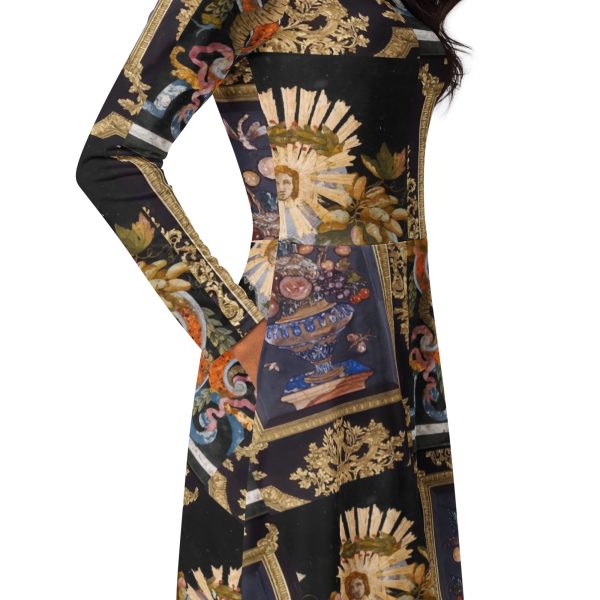 Black Gold Designer Midi Dress$158
Black Gold Designer Midi Dress$158 -
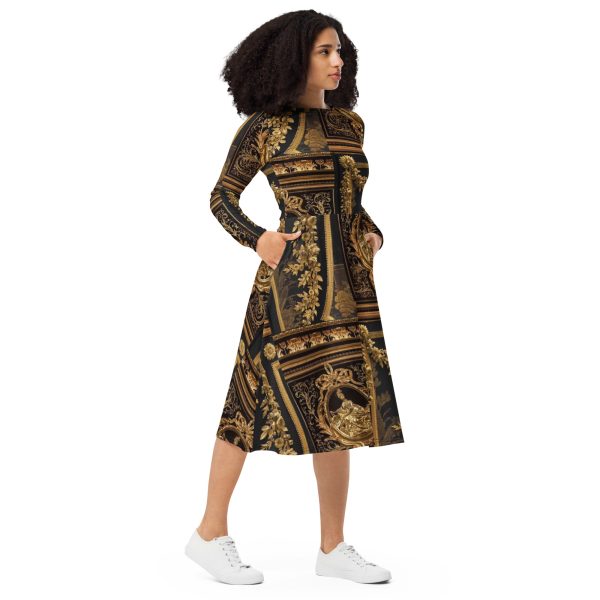 Black Gold Midi Dress$158
Black Gold Midi Dress$158 -
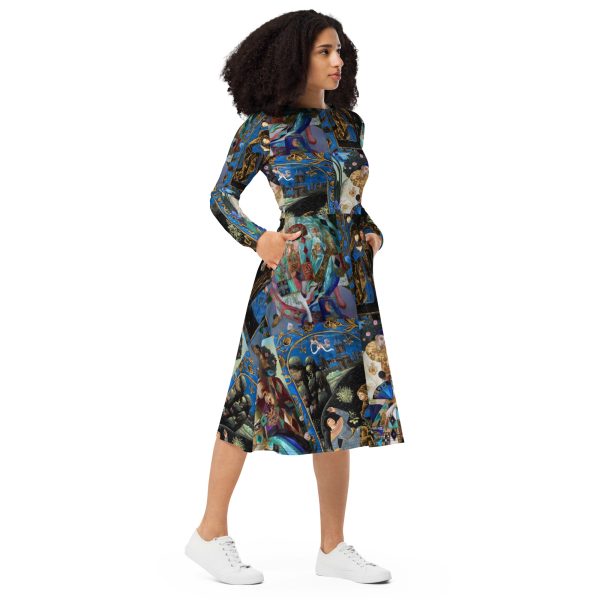 Long Sleeve Midi Dress$158
Long Sleeve Midi Dress$158 -
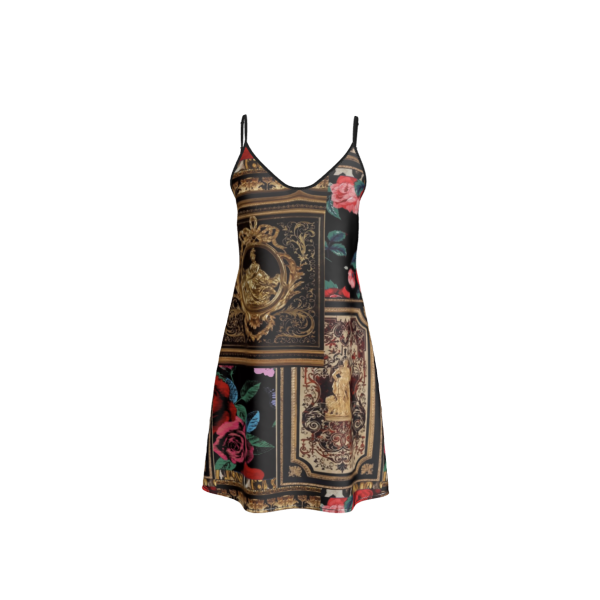 Short Silk Slip Dress$248
Short Silk Slip Dress$248 -
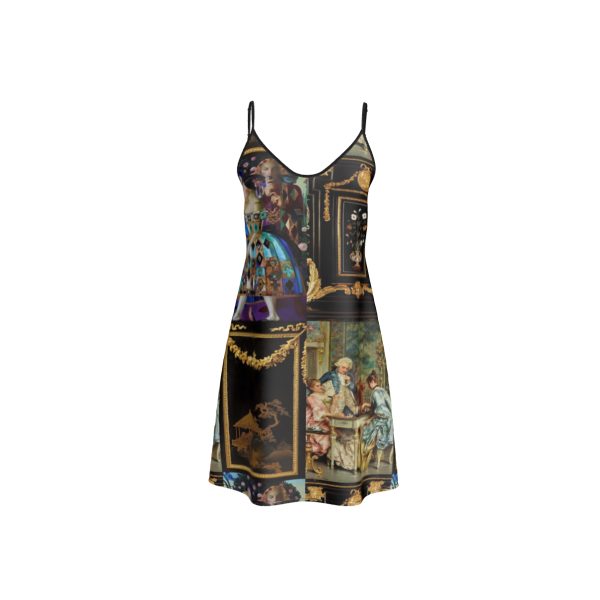 Short Silk Slip Designer Dress For Women | Black Luxury Gold$248
Short Silk Slip Designer Dress For Women | Black Luxury Gold$248 -
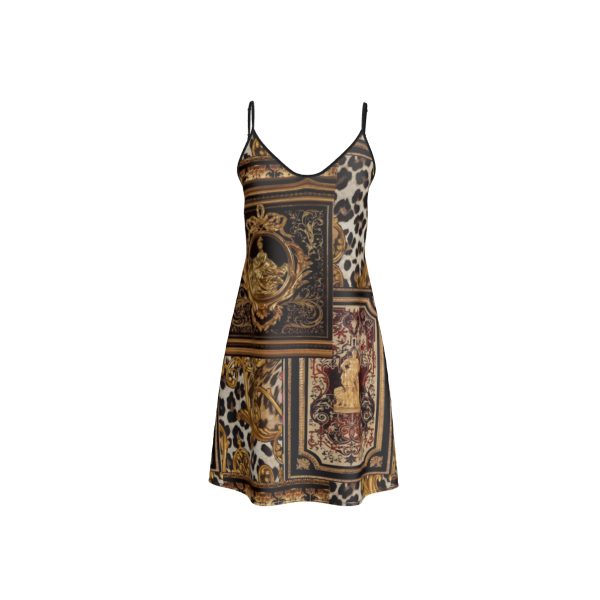 Short Silk Slip Designer Dress For Women | Luxury Baroque Gold Leopard Print$248
Short Silk Slip Designer Dress For Women | Luxury Baroque Gold Leopard Print$248 -
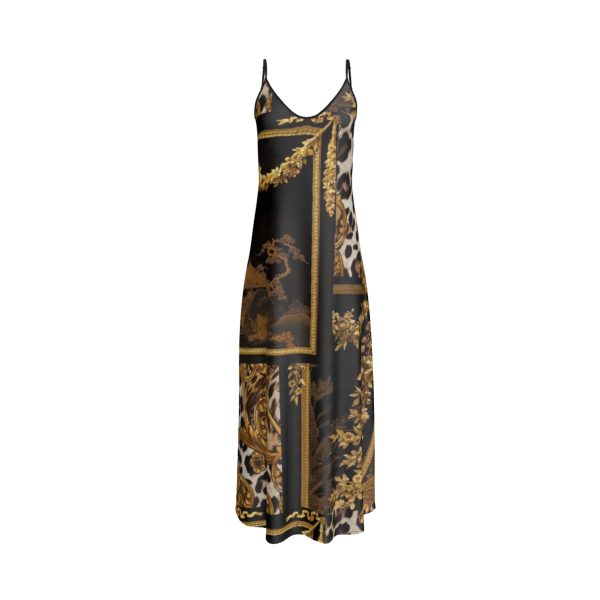 Long Silk Slip Designer Dress For Women | Black Luxury Baroque Gold Leopard Print$248
Long Silk Slip Designer Dress For Women | Black Luxury Baroque Gold Leopard Print$248 -
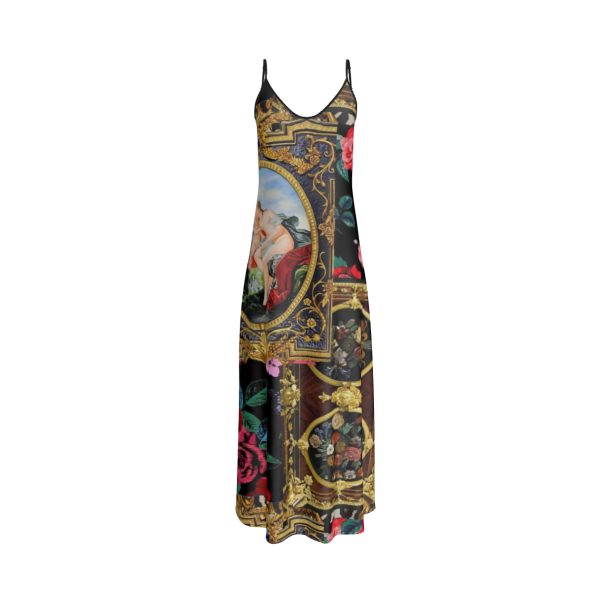 Long Silk Slip Designer Dress For Women | Black Luxury Gold Renaissance Art Floral$248
Long Silk Slip Designer Dress For Women | Black Luxury Gold Renaissance Art Floral$248 -
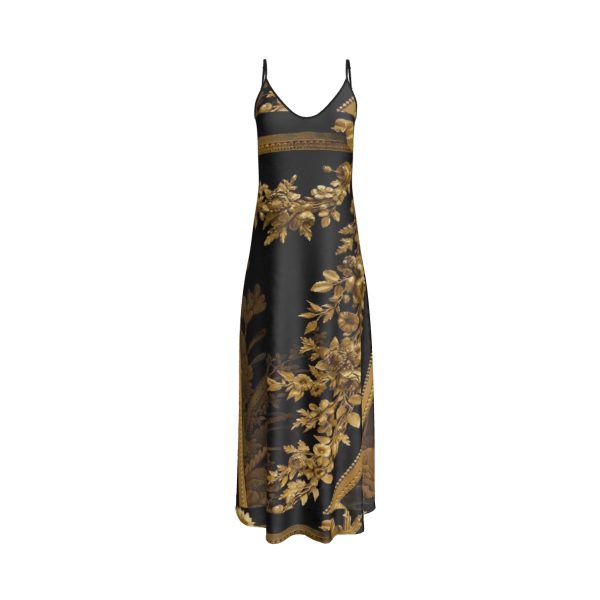 Long Silk Slip Designer Dress For Women | Black Luxury Baroque Gold$248
Long Silk Slip Designer Dress For Women | Black Luxury Baroque Gold$248
